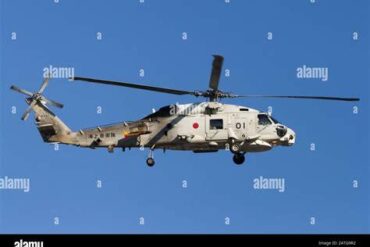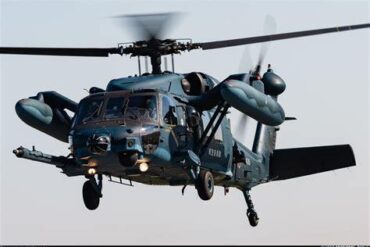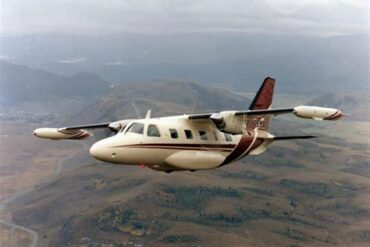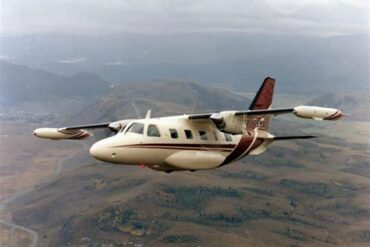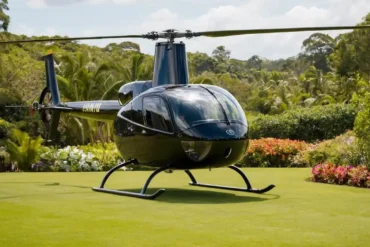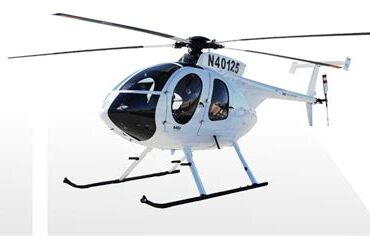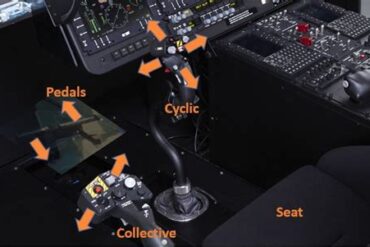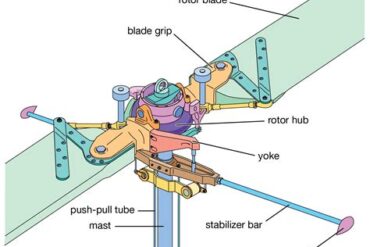The Mitsubishi SH-60K is a highly advanced maritime helicopter designed and manufactured by Mitsubishi Heavy Industries in Japan. Based on the U.S. Navy’s Sikorsky SH-60 Seahawk, this helicopter has been extensively modified to meet the specific needs of the Japan Maritime Self-Defense Force (JMSDF). The SH-60K is an integral component of Japan’s maritime operations, equipped with state-of-the-art technology to enhance its performance in a variety of missions, including anti-submarine warfare (ASW), anti-surface warfare (ASuW), search and rescue (SAR), and logistics support.
Development and Design Enhancements
The development of the SH-60K began in the early 1990s when Japan recognized the need to upgrade its existing fleet of SH-60J helicopters. While the SH-60J served effectively for many years, the rapidly changing maritime security environment demanded a more sophisticated platform. The SH-60K was developed as a response, featuring significant design enhancements that include improved avionics, upgraded engines, and a more robust airframe.
Avionics and Sensor Systems
One of the most notable advancements in the SH-60K is its avionics suite. The helicopter is equipped with a sophisticated radar system, including the HPS-104 active electronically scanned array (AESA) radar. This radar provides superior detection capabilities, enabling the helicopter to track multiple targets simultaneously in all weather conditions. Additionally, the SH-60K is fitted with advanced sonar systems, including the AN/AQS-22 Airborne Low-Frequency Sonar (ALFS), which is essential for ASW missions.
The SH-60K also features an enhanced electronic warfare (EW) suite. This includes advanced countermeasure systems such as radar warning receivers (RWR) and missile approach warning systems (MAWS). These systems are designed to detect and evade enemy threats, thereby increasing the survivability of the helicopter in hostile environments.
Engine and Powertrain Upgrades
To meet the demands of modern maritime missions, the SH-60K is powered by two T700-IHI-401C turboshaft engines. These engines are a product of collaboration between General Electric and Ishikawajima-Harima Heavy Industries (IHI), offering improved fuel efficiency, increased power output, and greater reliability compared to the engines used in its predecessor, the SH-60J.
The SH-60K’s powertrain is designed to provide the helicopter with superior maneuverability and stability, even in turbulent maritime conditions. The helicopter is equipped with a more advanced flight control system, which includes a digital automatic flight control system (DAFCS) that enhances the helicopter’s handling characteristics and reduces pilot workload.
Airframe and Structural Enhancements
The SH-60K features a redesigned airframe that incorporates the latest advancements in materials and structural engineering. The helicopter’s fuselage has been reinforced with composite materials, making it lighter yet more durable. This not only extends the operational life of the helicopter but also enhances its overall performance.
The SH-60K also includes improvements to its landing gear and tail rotor design. The landing gear has been strengthened to withstand the rigorous demands of shipborne operations, while the tail rotor has been modified to reduce noise and improve the helicopter’s stealth characteristics.
Operational Capabilities and Mission Profiles
The Mitsubishi SH-60K is a multi-mission platform capable of performing a wide range of operations. Its versatility and advanced technology make it an invaluable asset for the JMSDF.
Anti-Submarine Warfare (ASW)
The SH-60K excels in anti-submarine warfare (ASW) missions, a critical component of maritime security. The helicopter is equipped with dipping sonar, sonobuoys, and magnetic anomaly detectors (MAD) to locate and track submarines. The advanced data processing capabilities of the SH-60K allow for rapid analysis of sonar data, ensuring that submarines can be detected and neutralized before they pose a threat.
The helicopter can also carry a variety of torpedoes and depth charges, providing it with the firepower needed to engage and destroy enemy submarines. The integration of the helicopter’s sensor systems with shipboard command and control systems allows for coordinated ASW operations, making the SH-60K a formidable asset in anti-submarine warfare.
Anti-Surface Warfare (ASuW)
In addition to ASW, the SH-60K is also highly effective in anti-surface warfare (ASuW) missions. The helicopter is equipped with radar and electro-optical/infrared (EO/IR) sensors that can detect and identify surface targets, such as enemy ships and fast attack craft. The SH-60K can carry a range of anti-ship missiles, including the AGM-119B Penguin and the Type 91 air-to-ship missile, which are capable of engaging and neutralizing surface threats at extended ranges.
The SH-60K’s ability to operate from both land bases and naval vessels allows it to provide a flexible response to surface threats, making it an essential component of Japan’s maritime defense strategy.
Search and Rescue (SAR) Operations
The SH-60K is also optimized for search and rescue (SAR) operations. The helicopter’s advanced avionics and sensor systems allow it to locate and rescue survivors in a variety of challenging environments, including open water, mountainous terrain, and disaster-stricken areas. The SH-60K is equipped with rescue hoists, life rafts, and medical equipment to provide immediate assistance to those in need.
The helicopter’s ability to operate in adverse weather conditions and its extended range make it ideal for SAR missions. The SH-60K’s crew is trained to perform complex rescues, including those involving multiple survivors or hazardous conditions.
Logistics and Support Missions
The SH-60K also plays a crucial role in logistics and support missions. The helicopter can transport personnel, supplies, and equipment between naval vessels and land bases, ensuring that Japan’s maritime forces remain well-supplied and operationally ready. The SH-60K’s cargo capacity and ability to carry external loads, such as fuel tanks or equipment pods, make it a versatile platform for a wide range of support missions.
Future Prospects and Technological Advancements
As technology continues to advance, the SH-60K is expected to undergo further upgrades and modifications to enhance its capabilities. The JMSDF is committed to maintaining the SH-60K as a cutting-edge platform, capable of meeting the evolving challenges of maritime security.
Potential Upgrades
Future upgrades to the SH-60K may include enhanced sensor systems, improved communications and data links, and the integration of new weapons systems. These upgrades will ensure that the SH-60K remains a relevant and effective platform for maritime operations well into the future.
Role in Japan’s Defense Strategy
The SH-60K will continue to play a central role in Japan’s defense strategy, particularly in the context of the country’s increasing focus on maritime security. As tensions in the Asia-Pacific region continue to rise, the SH-60K will be a key asset in ensuring Japan’s ability to protect its territorial waters and respond to potential threats.
Conclusion
The Mitsubishi SH-60K is a technologically advanced and highly versatile helicopter, designed to meet the complex demands of modern maritime operations. Its development and continuous upgrades reflect Japan’s commitment to maintaining a robust and capable maritime defense force. Whether in anti-submarine warfare, anti-surface warfare, search and rescue, or logistics support, the SH-60K remains an essential component of the JMSDF’s operational capabilities.


